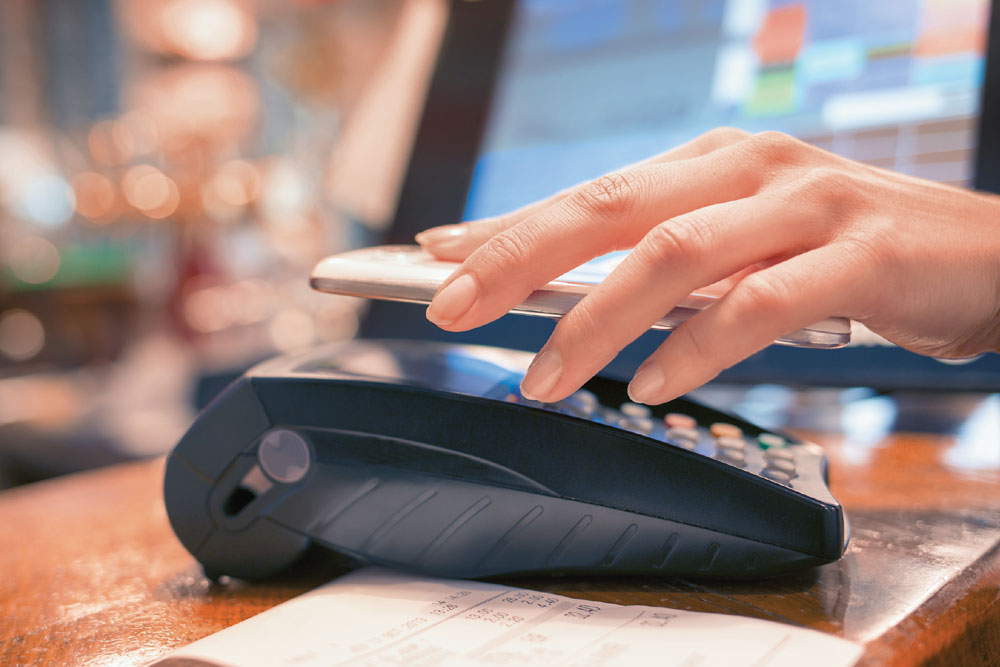Digital payments became the buzzword during the demonetisation period of November-December 2016. But the speed of adoption lost its steam with cash coming back into the system. Nevertheless, people in urban India are still embracing digital mode of payments with every passing day, whereas the adoption rate is slower in the rural part.
According to a recent report by EY, emerging markets are leading the way. In both China and India, the adoption rate is 87 per cent. Close behind are Russia and South Africa, both with 82 per cent adoption. In both India and Russia, 99.5 per cent of consumers are aware that there are fintech services available to transfer money and make payments. The elevated awareness in India stems partly from the government’s plan, announced in 2017, to decrease the amount of paper currency in circulation. The spurt in digital payments in India is also fuelled by the burgeoining millennial population.
Indian millennials’ natural inclination towards e-commerce has magnified the impact of the government initiative. From paying the local kiranawallah to paying their monthly rentals, the younger generation today prefer digital payments across a wide spectrum of their uses and have given up on that constant of yesteryears, cash, says Bipin Preet Singh, Founder and CEO, MobiKwik.

“Fintech innovation has facilitated faster acceptance in not only Tier I cities, but also in the unlettered rural regions. Innovations have also helped various consumer brands and merchants, small and big, in expanding footprints across regions. Digital payments have also offered macro advantages to companies, improving cost efficiency, reach, scalability, agility and faster delivery of products,” he further adds.
According to a recent CII-KPMG report, the transaction value for the Indian fintech sector is estimated to be approximately $33 billion in 2016 and is expected to reach $73 billion in 2020, growing at a five-year CAGR of 22 per cent. The stakeholders involved in the sector are finding rewarding ways to ensure inclusive growth through innovative services and products in the sector. In order for the Indian economy to reach the $5 trillion mark, it would need to rise at a rapid pace of 12 per cent CAGR, up from less than six per cent currently.
In another report by KPMG, it is stated that the digital payments landscape is being driven by compelling value propositions, conducive infrastructure, supportive regulations and next generation technologies. Globally digital payments are seeing a thriving growth and gaining traction with a CAGR of 12.7 per cent in the number of non-cash transactions. The global digital payments market size is expected to touch $10.07 trillion by 2026.
The mobile payment revolution with its evolving form factors has led to a boom in the number of merchants adopting digital payments. From close to 1.5 million digital payment acceptance locations in 2016-17, the number of merchants accepting digital payments modes has increased to over 10 million in the last two-three years.

Sharing the same thought, Praveena Rai, Chief Operating Officer, National Payments Corporation of India, says, “At present, it is thrilling to see India’s transformation from a cash-dependent economy to an economy known for its digital payments landscape. The payment industry is going through a digital transformation driven by progressive regulatory policies, digital innovations and growing mobile internet usage. The next few years will witness a change in the movement of money in the Indian economy.”
But Pramod Saxena, Founder and Chairman, Oxigen, feels that momentum of digital financial inclusion in the country took a backseat with Aadhaar losing its sheen. “Banks and digital payments companies should work hand-in-hand towards financial inclusion of the last mile. Now the digital payment operations have become more of an urban phenomenon than rural,” he says.


Mahesh Makhija, Partner and Leader, Digital and Emerging Tech, EY says urban adoption of digital payments is increasing rapidly, while rural and semi-urban areas are beginning to see usage increase as well. PSUs and old private banks are driving Point of Sales (PoS) penetration in rural and semi- urban areas.
Talking about the adoption trend of digital payments in India, Singh says, “Mobile payments have completely changed the way India transacts in the last few years. The synergy between technology and financial services has created wonders in the digital payments space. The government’s Digital India initiative, the interest of banks to collaborate with fintech platforms to offer customised services have acted as catalysts for paving a smooth road for digital payments. The number of merchants accepting digital payment modes has increased to 10 million in India.”

“With robust payments infrastructure and a rapidly growing smartphone penetration (estimated 829 million smartphones by 2022, 60 per cent penetration), the potential for mobile payments adoption is enormous in India. Other digital payment modes such as PoS terminals have also evolved into a mobile form factor called mPoS devices, with low price points and huge potential for large-scale deployment. As per estimates, this segment in India is forecasted to grow at a CAGR of 54.2 per cent in the 2019-2023 period,” says Gayathri Parthasarathy, National Head - Financial Services, KPMG in India.
Makhija says, the factors that have contributed to the rise of these payment methods include simpler and easier onboarding and payment experiences, smartphone proliferation and support for digital payments through government and regulatory policies. For a demographic perspective, digital payments will continue to gain popularity as more digital natives enter the working age population. Digital natives belong to the generation that has grown up with digital technologies, typically people born after 1999-2000.

The digital payments companies are offering a lot of freebies in the form of discounts and cashbacks to attract more consumers. But Saxena feels that these offers have to stop somewhere.
Analysis of the views of experts and industry players make it clear that the digital payments space in India is still evolving and it is yet to tap the full potential of rural India.

